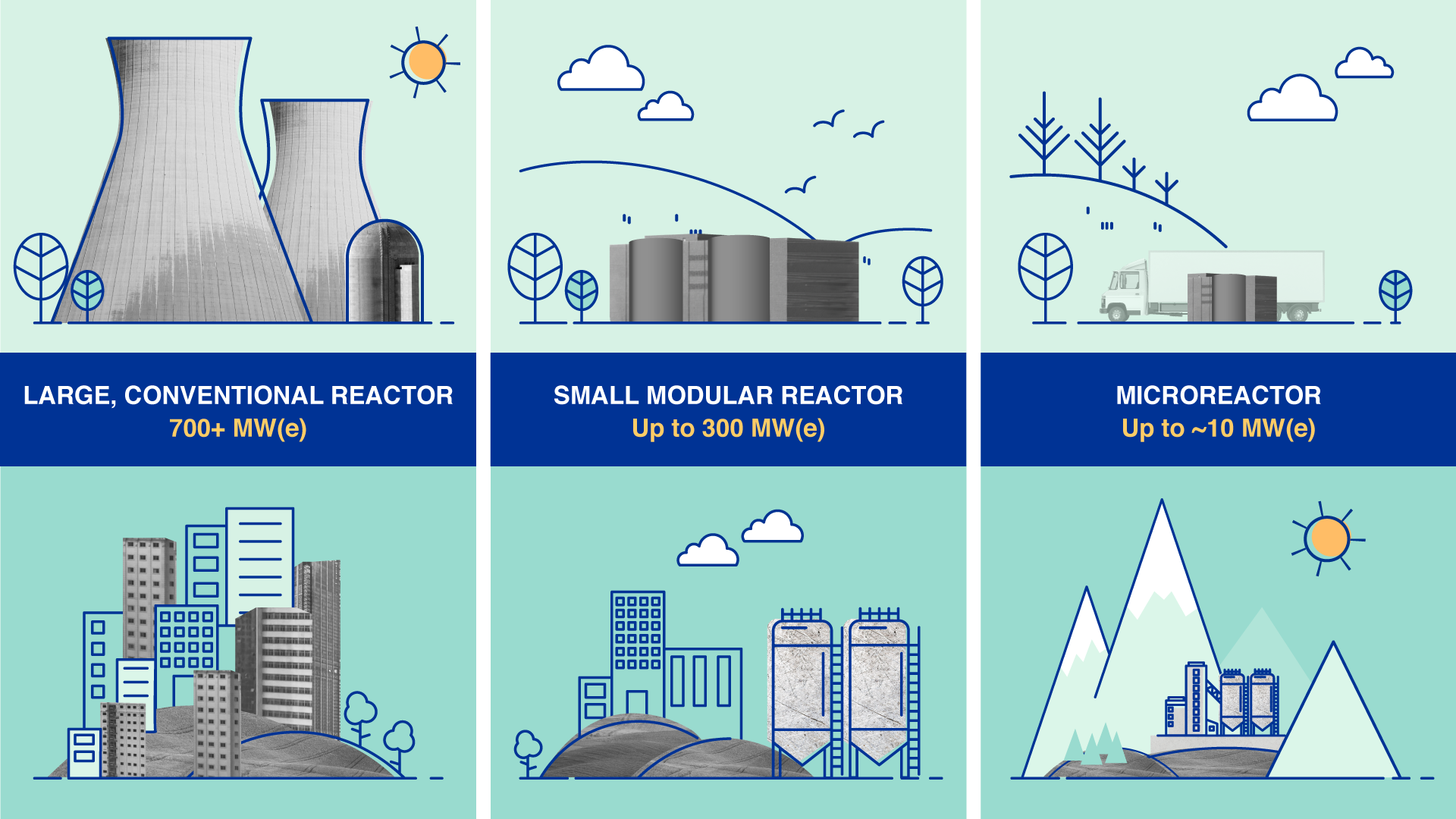In 2023, the IAEA ‘Nuclear Explained’ series continued to make complex subjects within the nuclear field accessible and comprehensible for curious minds. Whether seeking answers about isotopes or exploring ways to mitigate the risk of food fraud with the help of nuclear techniques — the IAEA explainers had it covered.
Here are the top five ‘Nuclear Explained’ articles read by global audiences this year:





